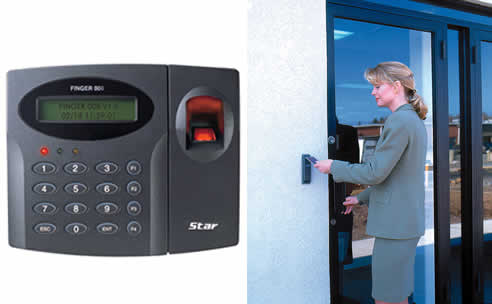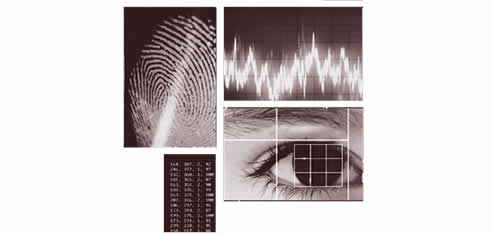NEWS ARTICLE ARCHIVESBuilding Access Control Systems from Technologix Why is access control used? Access control systems allow building access to authorised users, without the hassle of lost keys and lock replacement. Reports may be generated to track employee attendance and movements within a facility. For businesses where security is a must, Access Control allows only authorised individuals to gain contact to resources and departments. Access control allows authorised vehicles entering or exiting a building. Access Control is a powerful technology that can enhance the overall effectiveness of a security solution. Often access control is integrated and combined with other systems such as CCTV cameras to visually monitor individuals or vehicles. How does it work? Access control is the ability to permit or deny the use of a particular resource by a particular entity. When a credential such as a PIN number, key card or access badge, is presented to a reader, the reader sends the credential's information, to a control panel, a highly reliable processor. The control panel compares the credential's number to an access control list, grants or denies the presented request, and sends a transaction log to a database. When access is denied based on the access control list, the door remains locked. If there is a match between the credential and the access control list, the control panel unlocks the door. The control panel also ignores a door open signal to prevent an alarm. Often the reader provides feedback, such as a flashing red LED for an access denied and a flashing green LED for an access granted. What if a credential is used by an unauthorised person? Credentials can be passed around, thus subverting the access control list. For example, Alice has access rights to the server room but Bob does not. Alice either gives Bob her credential or Bob takes it; he now has access to the server room. To prevent this, two-factor authentication can be used. In a two factor transaction, the presented credential and a second factor are needed for access to be granted. The second factor can be a PIN, a second credential, operator intervention, or a biometric input. Typical biometric technologies include fingerprint, facial recognition, iris recognition, retinal scan, voice, and hand geometry.
|
 |
 |
